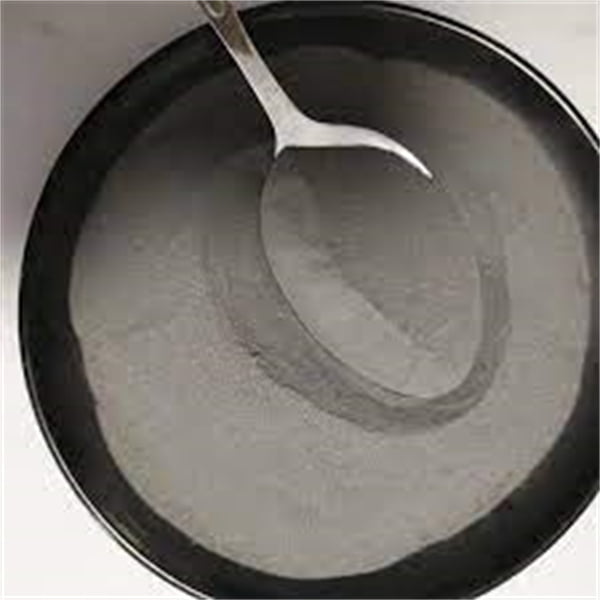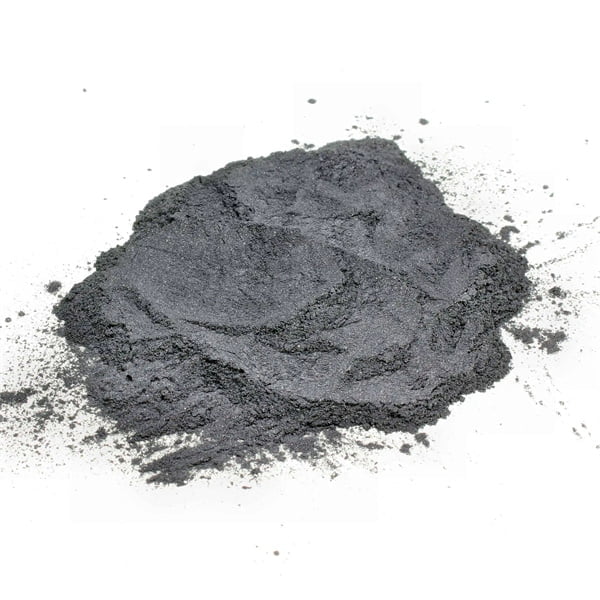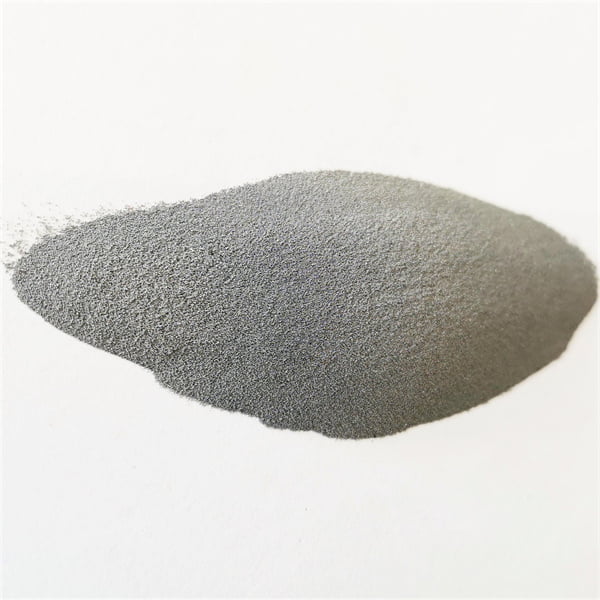SLM Technology: A Comprehensive Guide
Table of Contents
SLM (selective laser melting) is an advanced additive manufacturing technology for metal parts. This guide provides an in-depth look at SLM systems, processes, materials, applications, advantages, and considerations when adopting this technology.
Introduction to Selective Laser Melting
Selective laser melting (SLM) is a powder bed fusion additive manufacturing process that uses a high power laser to selectively melt and fuse metallic powder particles layer-by-layer to build up fully dense metal parts directly from 3D CAD data.
Key features of SLM technology:
- Uses laser to selectively melt powdered metals
- Adds material only where required
- Allows complex geometries unachievable by casting or machining
- Creates dense, void-free metal components
- Common materials include aluminum, titanium, steel, nickel alloys
- Capable of small to medium part sizes
- Ideal for complex, low volume parts
- Eliminates need for hard tooling like molds and dies
- Reduces waste compared to subtractive methods
- Enables performance improvements with engineered structures
SLM delivers game-changing capabilities for innovative product design and lean manufacturing. However, mastering the process requires specialized expertise.
How Selective Laser Melting Works
The SLM process involves:
- Spreading a thin layer of metal powder onto a build plate
- Scanning a focused laser beam to selectively melt powder
- Lowering build plate and repeating layering and melting
- Removing finished parts from powder bed
- Post-processing parts as needed
Precisely controlling energy input, scan patterns, temperature, and atmospheric conditions is critical to achieve defect-free, dense parts.
SLM systems feature a laser, optics, powder delivery, build chamber, inert gas handling, and controls. Performance depends heavily on system design and build parameters.

SLM Technology Suppliers
Leading SLM system manufacturers include:
| Company | Models | Build Size Range | Materials | Price Range |
|---|---|---|---|---|
| SLM Solutions | NextGen, NXG XII | 250 x 250 x 300 mm <br> 800 x 400 x 500 mm | Ti, Al, Ni, Steels | $400,000 – $1,500,000 |
| EOS | M 300, M 400 | 250 x 250 x 325 mm <br> 340 x 340 x 600 mm | Ti, Al, Ni, Cu, Steels, CoCr | $500,000 – $1,500,000 |
| Trumpf | TruPrint 3000 | 250 x 250 x 300 mm <br> 500 x 280 x 365 mm | Ti, Al, Ni, Cu, Steels | $400,000 – $1,000,000 |
| Concept Laser | X line 2000R | 800 x 400 x 500 mm | Ti, Al, Ni, Steels, CoCr | $1,000,000+ |
| Renishaw | AM400, AM500 | 250 x 250 x 350 mm <br> 395 x 195 x 375 mm | Ti, Al, Steels, CoCr, Cu | $500,000 – $800,000 |
System choice depends on build size needs, materials, quality, cost, and service. Partnering with an experienced SLM solutions provider is recommended to properly evaluate options.
SLM Process Characteristics
SLM involves complex interactions between various process parameters. Here are key characteristics:
Laser – Power, wavelength, mode, scanning speed, hatch distance, strategy
Powder – Material, particle size, shape, feeding rate, density, flowability, reuse
Temperature – Preheating, melting, cooling, thermal stresses
Atmosphere – Inert gas type, oxygen content, flow rates
Build Plate – Material, temperature, coating
Scan Strategy – Hatch pattern, rotation, border outlines
Supports – Minimizing need, interface, removal
Post-processing – Heat treating, HIP, machining, finishing
Understanding relationships between these parameters is essential to achieving defect-free parts and optimal mechanical properties.
SLM Design Guidelines
Proper part design is critical for SLM success:
- Design with additive manufacturing in mind vs conventional methods
- Optimize geometries to reduce weight, material, and improve performance
- Minimize need for supports using self-supporting angles
- Allow for support interface regions in design
- Orient parts to reduce stresses and avoid defects
- Allow for thermal shrinkage in features
- Design interior channels for unmelted powder removal
- Account for potential warpage in overhangs or thin sections
- Design surface finishes factoring in as-built roughness
- Consider effects of layer lines on fatigue performance
- Design fixturing interface for raw parts
- Minimize trapped volumes of unsintered powder
Simulation software helps assess stresses and deformations in complex SLM parts.
SLM Material Options
A range of alloys are processable by SLM, with material properties dependent on parameters used.
| Category | Common Alloys |
|---|---|
| Titanium | Ti-6Al-4V, Ti 6242, TiAl, Ti-5553 |
| Aluminum | AlSi10Mg, AlSi12, Scalmalloy |
| Stainless Steel | 316L, 17-4PH, 304L, 4140 |
| Tool Steel | H13, Maraging Steel, Copper Tool Steel |
| Nickel Alloys | Inconel 625, 718, Haynes 282 |
| Cobalt Chrome | CoCrMo, MP1, CoCrW |
| Precious Metals | Gold, Silver |
Choosing compatible alloys and dialing in qualified parameters are essential to achieve required material performance.
Key SLM Applications
SLM enables transformative capabilities across industries:
| Industry | Typical Applications |
|---|---|
| Aerospace | Turbine blades, impellers, satellite & UAV components |
| Medical | Orthopedic implants, surgical tools, patient-specific devices |
| Automotive | Lightweighting components, custom tooling |
| Energy | Complex oil/gas valves, heat exchangers |
| Industrial | Conformal cooling inserts, jigs, fixtures, guides |
| Defense | Drones, armament, vehicle & body armor components |
Benefits versus conventional manufacturing include:
- Mass customization capability
- Shorter development time
- Design freedom for performance gains
- Part consolidation and lightweighting
- Eliminating excessive material use
- Supply chain consolidation
Careful validation of mechanical performance is needed when applying SLM parts in critical applications.
Pros and Cons of SLM Technology
Advantages:
- Design freedom enabled with additive manufacturing
- Complexity achieved at no added cost
- Eliminates need for hard tooling
- Consolidates subassemblies into single parts
- Lightweighting from topology optimized structures
- Customization and low volume production
- Reduced development time over casting/machining
- High strength/weight ratio from fine microstructures
- Minimizes material waste versus subtractive processes
- Just-in-time and decentralized production
- Reduced part lead time and inventory
Limitations:
- Smaller build volumes than other metal AM processes
- Lower dimensional accuracy and surface finish than machining
- Limited choice of qualified alloys versus casting
- Significant trial-and-error to optimize build parameters
- Anisotropic material properties from layering
- Potential for residual stress and cracking
- Powder removal challenges from complex geometries
- Post-processing often required
- Higher equipment cost than polymer 3D printing
- Special facilities and inert gas handling needed
When applied appropriately, SLM enables breakthrough performance impossible by other means.

Adopting SLM Technology
Implementing SLM involves challenges including:
- Identifying suitable applications based on needs
- Confirming SLM feasibility for chosen designs
- Developing rigorous process qualification protocols
- Investing in suitable SLM equipment
- Securing expertise in metallic powder bed processes
- Establishing material quality procedures and standards
- Mastering build parameter development and optimization
- Implementing robust post-processing methods
- Qualifying mechanical properties of finished components
A methodical introduction plan focused on low-risk applications minimizes pitfalls. Partnering with experienced SLM service bureaus or system OEMs provides access to expertise.
Cost Analysis of SLM Production
The economics of SLM production involve:
- High machine equipment cost
- Labor for build setup, post-processing, quality control
- Material costs of metal powder feedstock
- Part finishing – machining, drilling, deburring etc.
- Overhead – facilities, inert gas, utilities, maintenance
- Initial trial-and-error development time
- Cost declines with design optimization and production experience
- Becomes economical at low volumes of 1-500 units
- Provides highest cost advantage for complex geometries
Choosing qualified alloys from reputable suppliers is recommended to avoid defects. Partnering with a service provider can offer a faster and lower risk adoption path.
SLM Compared to Other Processes
| Process | Comparison to SLM |
|---|---|
| CNC Machining | SLM enables complex shapes unmachinable through subtractive process. No hard tooling required. |
| Metal Injection Molding | SLM eliminates high tooling costs. Better material properties than MIM. Lower volumes feasible. |
| Die Casting | SLM has lower tooling costs. No size limitations. Very complex geometries achievable. |
| Sheet Lamination | SLM creates fully dense and isotropic material versus laminated composites. |
| Binder Jetting | SLM delivers fully dense green parts compared to porous binder jetted parts requiring sintering. |
| DMLS | SLM provides higher accuracy and better material properties than DMLS polymer systems. |
| EBM | Electron beam melting has higher build rates but lower resolution than SLM. |
Each process has advantages based on specific applications, batch sizes, materials, cost targets and performance requirements.
Future Outlook for SLM Additive Manufacturing
SLM is poised for significant growth in coming years driven by:
- Ongoing material expansion with more alloy availability
- Larger build volumes enabling industrial scale production
- Improved surface finishes and tolerances
- Increased system reliability and productivity
- New hybrid systems integrating machining
- Declining costs improving business case scaling
- Further optimization algorithms and simulation
- Automated post-processing integration
- Growth in qualified parts for regulated industries
- Continued advancement of complex designs
SLM will become mainstream for an expanding range of applications where its capabilities provide distinct competitive advantage.

FAQ
What materials can you process with SLM?
Titanium and aluminum alloys are most common. Tool steels, stainless steel, nickel alloys, cobalt chrome are also processed.
How accurate is SLM?
Accuracy of around ±0.1-0.2% is typical, with minimum feature resolution of ~100 microns.
What is the cost of SLM equipment?
SLM systems range from $300,000 to $1,000,000+ depending on size, capabilities, and options.
What types of post-processing are required?
Post-processes like heat treating, HIP, surface finishing, and machining may be needed.
What industries use SLM?
Aerospace, medical, automotive, industrial, and defense industries are early adopters of SLM.
What materials does SLM not work well for?
Highly reflective metals like copper or gold remain challenging. Some material properties are still emerging.
What are typical surface finishes?
As-built SLM surface roughness ranges from 5-15 microns Ra. Finishing can improve this.
How big of parts can you make with SLM?
Volumes up to 500mm x 500mm x 500mm are typical. Larger machines accommodate bigger parts.
Is SLM suitable for production manufacturing?
Yes, SLM is increasingly used for end-use production parts, with examples in aerospace and medical industries.
How does SLM compare to EBM?
SLM can achieve finer detail while EBM has faster build speeds. Both deliver fully dense metal parts.
Share On
MET3DP Technology Co., LTD is a leading provider of additive manufacturing solutions headquartered in Qingdao, China. Our company specializes in 3D printing equipment and high-performance metal powders for industrial applications.
Inquiry to get best price and customized Solution for your business!
Related Articles
About Met3DP
Recent Update
Our Product
CONTACT US
Any questions? Send us message now! We’ll serve your request with a whole team after receiving your message.

Metal Powders for 3D Printing and Additive Manufacturing
COMPANY
PRODUCT
cONTACT INFO
- Qingdao City, Shandong, China
- [email protected]
- [email protected]
- +86 19116340731









